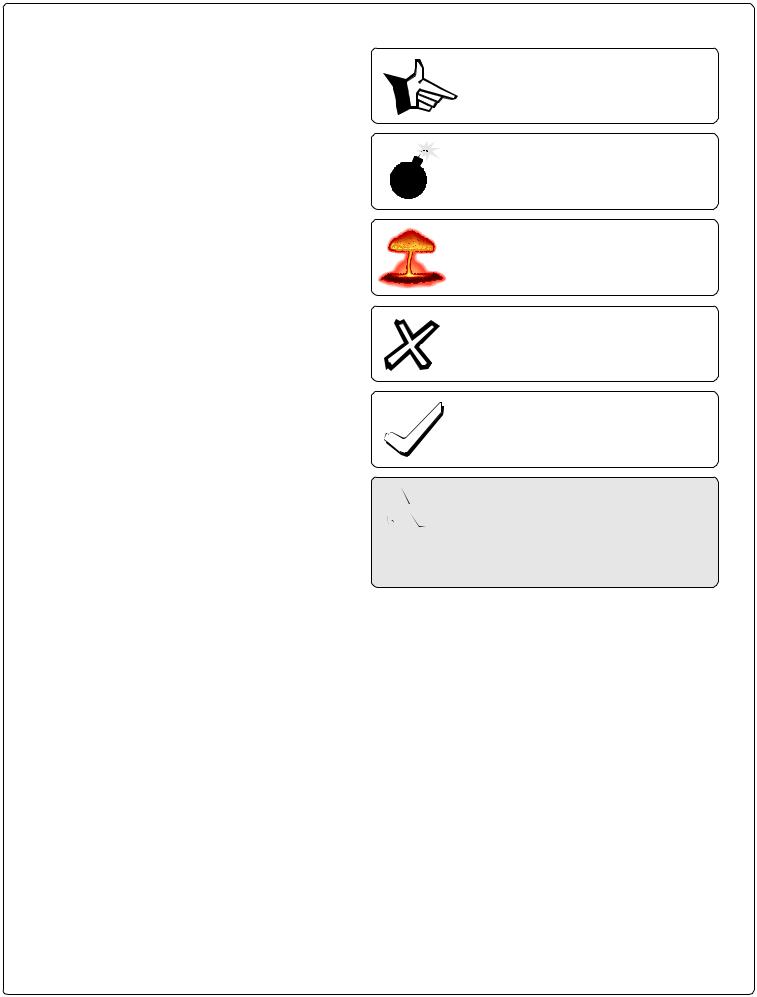IBM RS-232 User Manual

8SC RS-232
Input Scanner
Users Guide
Revision 1.0
B y R y a n S h e l d o n
Copyright © 1996, 1997, 1998, 1999, 2000, National Control Devices

Disclaimer:
NCD will not be responsible for any personal injury or damage to computers or other electronic devices caused in conjunction with the use of NCD products. The user assumes full responsibility of any and all damage that may result in combination with NCD products, services, and literature. NCD takes EVERY known precaution to ensure documentation and examples are accurate. Return this device within 30 days of purchase for a full refund if you do not agree with these terms and conditions. Operation or assembly of any products sold by NCD signifies your agreement with these terms.
Special Thanks:
I would like to thank Kima Dirks for the many hours she has spent editing and refining all of my written literature. I would also like to thank Tom Maier for his dedication to this project. Without his help our products would not be possible. --Ryan Sheldon
Introduction and Overview:
Thank you for purchasing the NCD-8SC. The 8SC is one of the most unique devices available to computer users wanting to obtain data via RS-232 communications. The 8SC uses the NCD-110C chip (based on the PIC16C54) to read each of 8 inputs and send the on/off status to your computer via RS-232 transmission.
The user has complete software control of when the inputs are to be scanned and transmitted. Acting like a networkable parallel-to-serial encoder, the 8SC when combined with 15 more 8SC devices can obtain 128 bits of input from a single serial port. The 8SC is fully RS-232 networkable with up to 15 other NCD devices, allowing the user to control devices based on the input received. Use the 8SC in conjunction with the NCD-LCD display driver to send messages based on received data. Combine the 8SC with the AVS8 audio/video switcher to switch video signals based on inputs from doors, fire alarms, and other security devices interfaced to the 8SC.
A single 8SC is capable of interfacing to just about anything that can produce an on/off signal as well as CMOS and TTL logic circuits. Other features of the 8SC include jumper selectable baud rates for 1200 or 9600 baud operation. The open-collector output allows the user to directly connect outputs together without “OR”ing data. Because the 8SC uses open-collector RS-232 transmission, the NCD-RSB will be required for interfacing the 8SC to your computer.
What You Will Need:
To assemble the 8SC, you will need the following items: Computer with 3.5" drive (Amiga, PC, or Macintosh), serial cable, RSB serial booster, and an input source such as a switch. A wrist strap should be used for static grounding during installation of all semiconductors. Macintosh users will need the TR32 to convert the RS-232 outputs of the RSB to the true RS-232 signals required by Macintosh systems.

Helpful hint.
Could cause problems later under normal operation.
Fatal mistake.
The X tells about common assembly and operation errors as well as other things to watch out for.
The check is a guide to help the user with assembly and operation. Use them to prevent mistakes.

 WARNING:
WARNING:
NEVER ASSEMBLE ANY NCD DEVICE WITH ORGANIC OR
ACID CORE SOLDER. USING THESE TYPES OF SOLDER WILL
VOID ALL NCD WARRANTIES.
Interfacing to the Serial Port of Your Computer
The NCD-8SC requires the NCD-RSB for interfacing to computers. The RSB is required because it is capable of converting an open-collector RS-232 transmission to a standard RS-232 signal that can be used by your computer. All NCD devices that transmit data back to a computer use an open-collector transmission. The open-collector system is important because it allows many devices to send data to your computer without using extensive logic circuits to "OR" together incoming data. If you are not familiar with "OR"ing data, you should know that the process can be complicated, especially for RS-232 transmissions. The open-collector system allows us to use 3 wires to connect 16 devices. One wire is a ground that must be shared among all devices on the serial port. Another wire, the transmit (Tx) line, sends data to NCD devices. Some NCD devices send data back to the computer using a third line (receive or RX). Since the 8SC transmits data back to the computer, the receive line must be connected to read the transmissions.
See the NCD-RSB manual for interfacing the 8SC to your computer. This manual will assume you have an RSB connected to your system.
